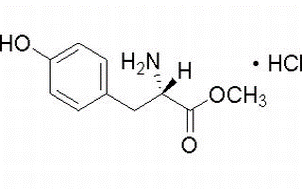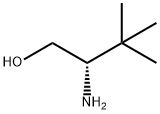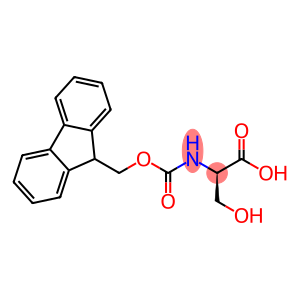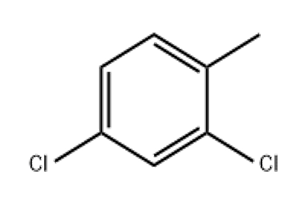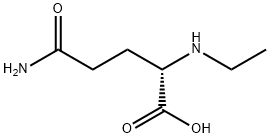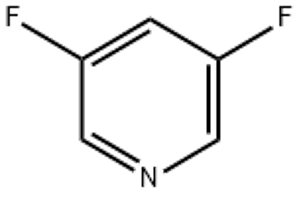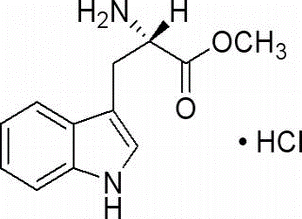Methyl L-tyrosinate hydrochloride(CAS# 3417-91-2)
| Hazard Symbols | Xi – Irritant |
| Risk Codes | 36/37/38 – Irritating to eyes, respiratory system and skin. |
| Safety Description | S26 – In case of contact with eyes, rinse immediately with plenty of water and seek medical advice. S36 – Wear suitable protective clothing. |
| WGK Germany | 3 |
| TSCA | Yes |
| HS Code | 29225000 |
| Hazard Class | IRRITANT |
Introduction
L-Tyrosine methyl ester hydrochloride is an organic compound. The following describes their properties, uses, manufacturing methods and safety information:
Quality:
L-Tyrosine methyl ester hydrochloride is a white crystalline solid dissolved in water and alcohol-based solvents. It can produce kinase inhibitors with enzyme catalytic activity in the presence of metal salts. It is a highly hygroscopic compound and should be stored in a dry, ventilated place.
Use:
L-Tyrosine methyl ester hydrochloride is widely used in the field of biochemical research. It is also used in the preparation of inhibitors of tyrosine phosphorylase.
Method:
The preparation of L-tyrosine methyl ester hydrochloride is usually achieved by the following steps: L-tyrosine is reacted with methanol to produce L-tyrosine methyl ester; It is then reacted with hydrogen chloride to produce L-tyrosine methyl ester hydrochloride.
Safety Information:
L-Tyrosine methyl ester hydrochloride is relatively safe for rational use. It may have an irritating effect on the eyes, respiratory system, and digestive system. Direct contact with the skin and eyes should be avoided during the procedure. Appropriate precautions, such as wearing goggles and gloves, should be taken to ensure adequate ventilation of the experimental environment. If inhaled or ingested, seek medical attention immediately.


